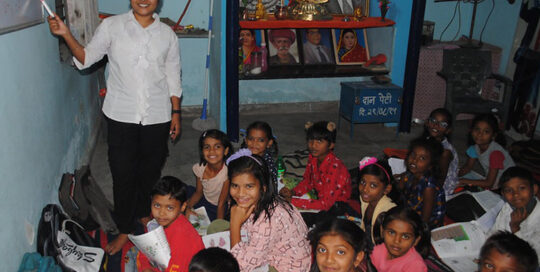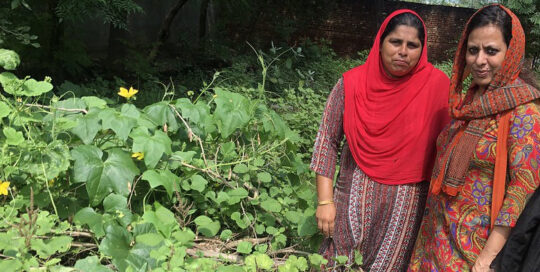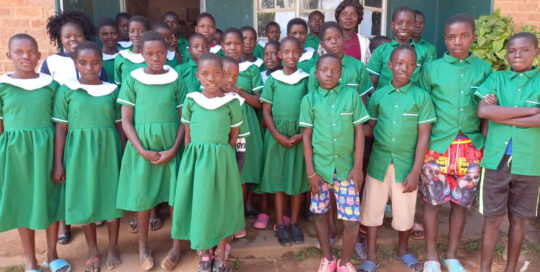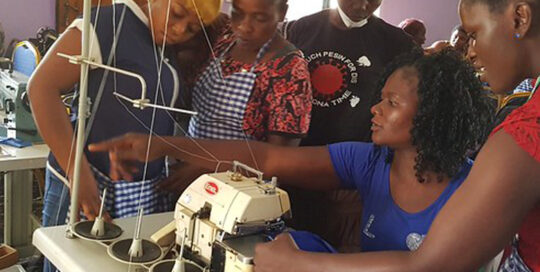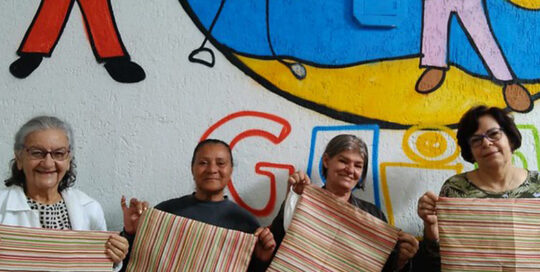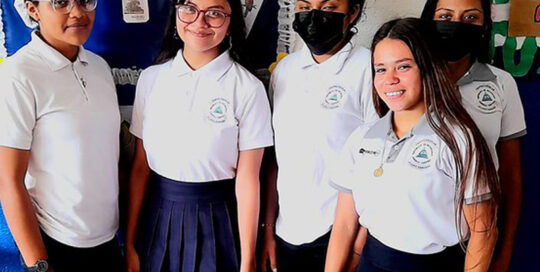Lotus Outreach International (LOI), a BGR partner since 2009, works to improve the lives of women and girls in Cambodia through initiatives that increase girls’ access to education. LOI’s Cambodian Tertiary Education and Leadership Youth Training (CATALYST) program supports qualified high school graduates from some of the poorest families in rural Cambodia as they continue
Girls Home and Integrated Community Center in India 2023
Patricia Brick2024-08-19T15:33:36-07:00This project with longtime BGR partner the Bodhicitta Foundation provides housing and schooling for 30 young women, ages 14 to 23, who are at risk of having their educations cut short due to poverty, as well as educational funding for 55 other young women. The girls come from some of the poorest regions in India,
Organic Farming Initiative in India 2023
Patricia Brick2024-08-19T15:33:36-07:00BGR partner Building Bridges India works in Sangrur, India, to support and empower the widows of men who committed suicide because of poverty and indebtedness. This project will provide poor rural women, particularly widows, with training in the cultivation of nutritious fruits, herbs, and vegetables and the skills to sell some of their produce on
Technical Education for Women From Low-Income Families in Sri Lanka 2023
Patricia Brick2024-08-19T15:33:36-07:00In Sri Lanka, low-income women face tremendous barriers in accessing the vocational education necessary for lifting themselves and their families out of poverty. Even among women who qualify for tuition-free education, many find themselves unable to afford to pay for their room and board, required uniforms, data plans for online classes, and other necessities. This
Food and Learning Support for Students in Malawi 2023
Patricia Brick2024-08-19T15:33:36-07:00In Malawi, a majority of people live in extreme poverty; 62 percent of the population lives on less than $1.25 per day. Many families are unable to afford school costs for their children, and when resources are available, they are generally allotted to boys, leaving girl children without access to formal education. BGR partner CAMFED
Vocational Training for Widows and Single Mothers in Cameroon 2023
Patricia Brick2024-08-19T15:33:36-07:00Across Cameroon, the number of women, girls, and youths who survive on less than a dollar per day continues to increase in both urban and rural areas. Across the Southwest Region, women who have been the victims of sexual and/or domestic violence report experiencing economic deprivation, stigmatization, and a lack of vocational opportunities. Additionally, humanitarian
Women’s Livelihood and Climate-Smart Agriculture in Uganda 2023
Patricia Brick2024-08-19T15:33:36-07:00This project aims to increase the food security and income of smallholder farmers in the rural Zombo District in Uganda. In this region, more than 90 percent of residents depend on small-scale agriculture for their livelihoods; a majority of these farmers are women who rely on agricultural production to feed their families and earn income
Vocational Training for Women in São Paulo, Brazil 2023
Patricia Brick2024-08-19T15:33:36-07:00In the Campo Grande community of São Paulo many people lack access to basic needs such as healthy food and decent living conditions. Social services such as schools and hospitals are stretched thin, and literacy rates are low. This project with BGR partner GAIA will help women lift themselves and their families out of poverty by
Higher Education for Females in Nicaragua 2023
Patricia Brick2024-08-19T15:33:36-07:00The ongoing human rights crisis in Nicaragua has resulted in skyrocketing food costs and unemployment, the confiscation of land and personal property by the government, and economic collapse. In rural communities, only 25 percent of families have access to safe drinking water and sanitary facilities; 50 percent of the rural population lives below the poverty
Entrepreneurship and Sewing Workshop for Teenage Mothers in Cameroon 2023
Patricia Brick2024-08-19T15:33:36-07:00Among the victims of the ongoing civil war in Cameroon are the women and girls who are subjected to sexual violence. Teenage girls are raped and even kidnapped by unknown soldiers to serve as “war wives” in bushes and forest regions. In Bonadikombo village in southwestern Cameroon, a survey by new BGR partner Rising Hope


